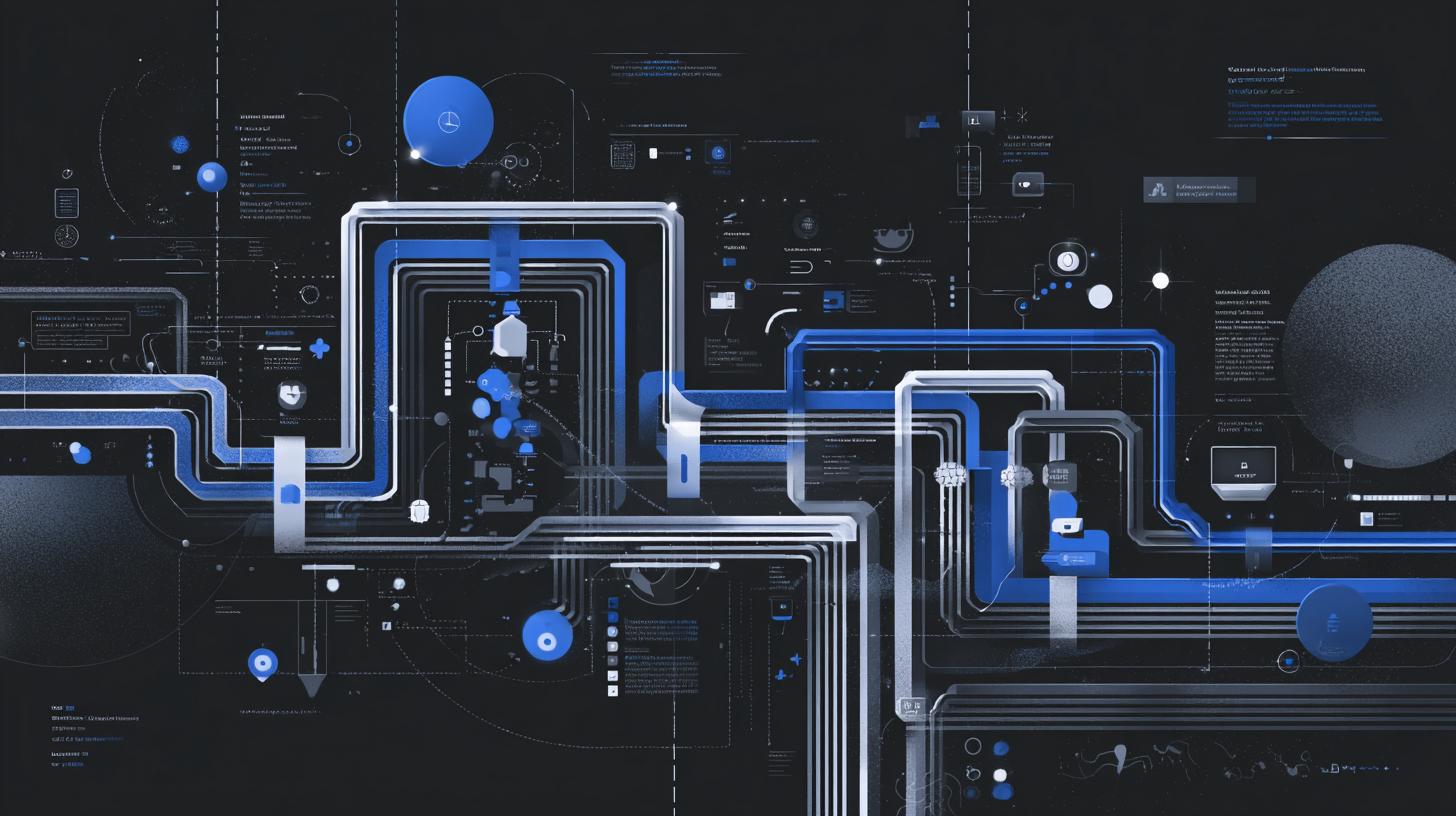The Model Context Protocol (MCP) is often presented as the enabler of “agentic” AI, a lightweight way for large language models to call external tools or data sources. The promise sounds compelling: standardize how models discover and invoke APIs, and you suddenly have an ecosystem where any service can become an AI-accessible capability. Yet beneath this elegant narrative lies a hard truth: MCP solves a developer convenience problem, not an enterprise integration challenge. Its simplicity is useful, but precisely that simplicity makes it unsuitable as a large-scale architectural foundation.
What MCP really is.
At its core, MCP defines how an LLM client (the “host”) advertises available tools and how the model requests to use them. A tool is described by name, function, and a minimal JSON schema for inputs and outputs. The host executes the call and feeds results back to the model. Nothing more.
There is no semantic contract, no shared ontology, no enforcement of versioning or access control. MCP does not replace APIs, service meshes, or data platforms - it merely wraps them in a form that an LLM can understand. Calling it an architecture is like calling a phone number a communication strategy.
Where the limitations start.
MCP inherits the fragility of its foundations. It uses JSON-Schema for tool definitions, which is expressive enough for demos, but far from sufficient for strongly typed or safety-critical systems. There is no native versioning, meaning that a schema change can silently break dependent tools. There is no distributed tracing, no correlation IDs, and no concept of end-to-end observability across multi-tool workflows.
Authentication and authorization are an afterthought. A model can instruct a host to “delete database” if that tool is exposed, and unless additional governance layers exist, it will execute. In controlled enterprise environments, such open command paths are unacceptable.
Architectural blind spots.
From an enterprise perspective, the protocol’s statelessness and lack of governance introduce structural risks:
- No lifecycle control. Tool definitions are transient and cannot be audited or certified.
- No semantic stability. JSON contracts describe syntax, not meaning, leading to inconsistent behavior across domains.
- No policy propagation. Data ownership, purpose binding, or regulatory scopes (GDPR, ISO 27001) are invisible to the LLM.
- No performance model. The protocol moves JSON payloads, not queries; at scale, this leads to massive inefficiencies and network overhead.
As a result, organizations that try to “MCP-enable” all their systems effectively rebuild a brittle API mesh, just without the maturity, security, and tooling the API world already developed over decades.
What MCP can still do well.
Within these limits, MCP is valuable, as integration plumbing. It enables rapid prototyping of LLM agents that can reason about available actions, call well-defined endpoints, and stitch together simple flows. For isolated use cases such as controlled data exploration, internal tool orchestration, or hybrid-cloud proof-of-concepts it works. But it needs an architectural backbone that MCP itself does not provide: a semantic information layer that defines entities, relationships, and business meaning; a data governance model enforcing who may do what; and an execution layer that handles authentication, auditing, and performance.
A better pattern for enterprises.
The sustainable model looks different. Build a knowledge layer grounded in enterprise ontologies that express the real-world semantics of data and processes. Expose only semantic capabilities - not raw APIs - as callable tools. Use MCP (or any similar protocol) merely as a façade to make those capabilities accessible to the LLM. Keep identity, traceability, and versioning in your own infrastructure. In short: let MCP be the connector, not the architecture.
Conclusion.
MCP is a clever idea born in the generative-AI lab context, not an enterprise blueprint. It simplifies experiments but ignores four decades of lessons in distributed systems, contracts, and governance. Enterprises should explore it, not depend on it. The real progress comes with semantic models, governed data access, and ontology-grounded reasoning form the core, and protocols like MCP remain what they are: a lightweight wire between intelligence and capabilities, not the architecture itself.







